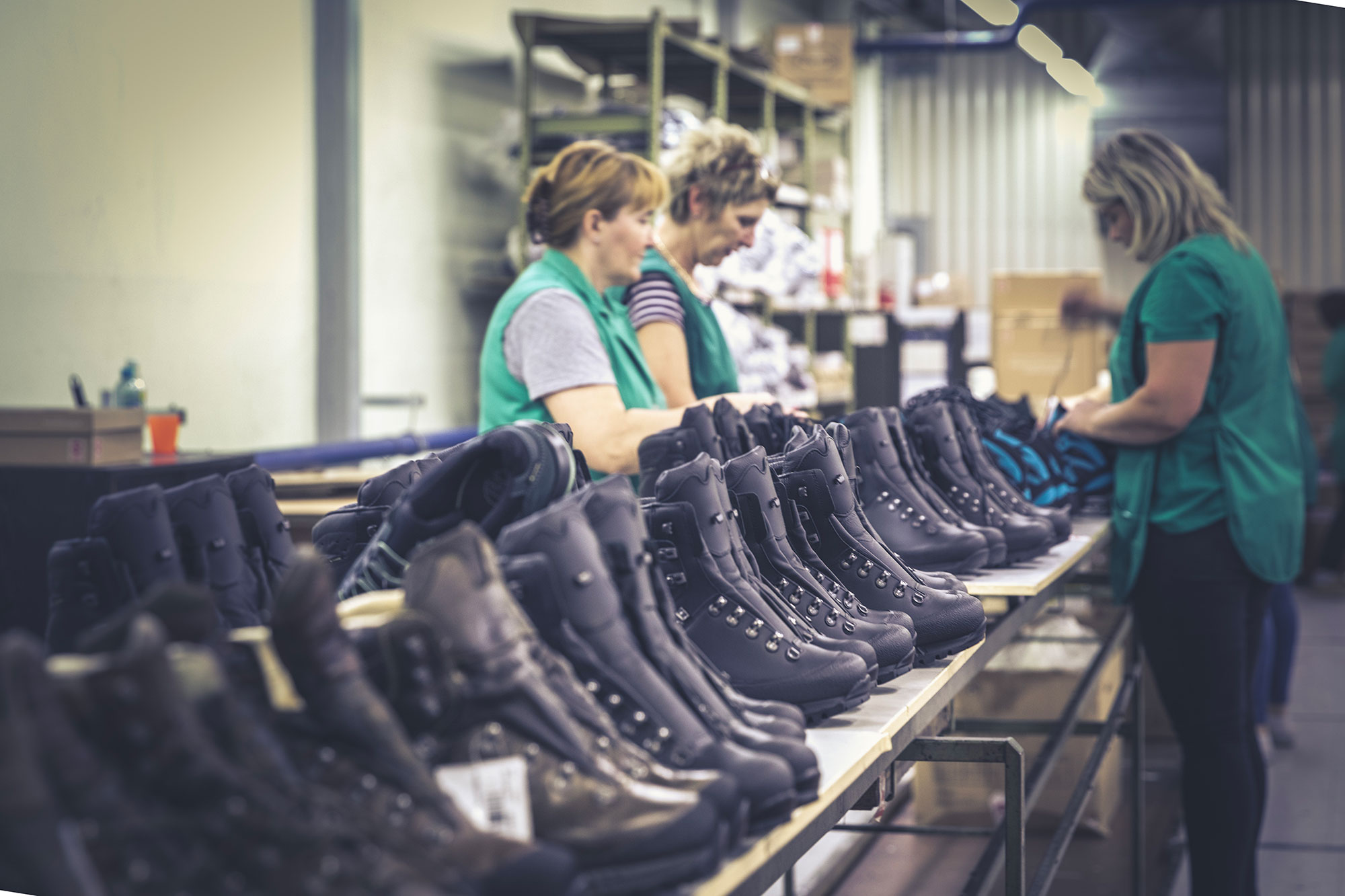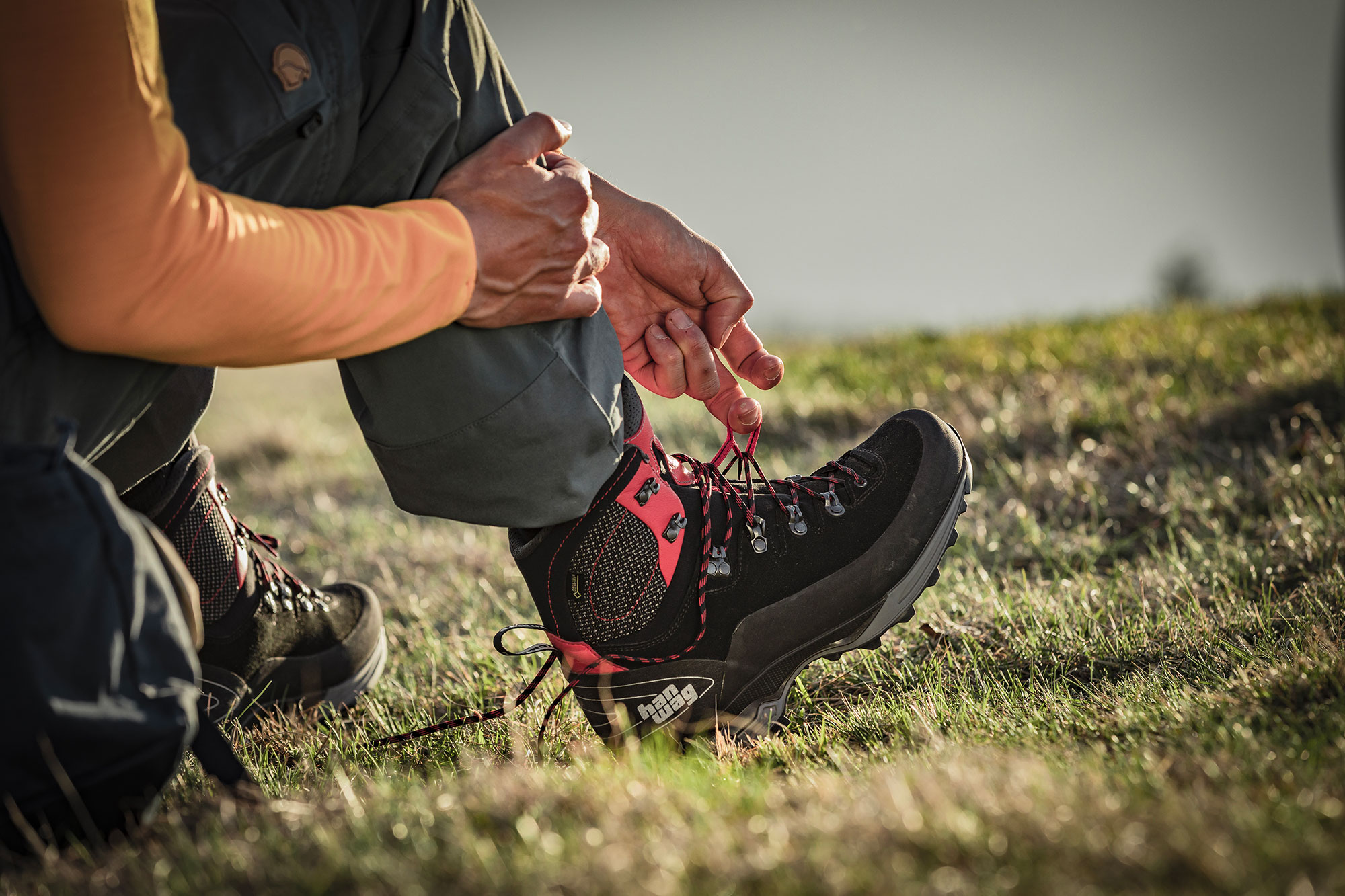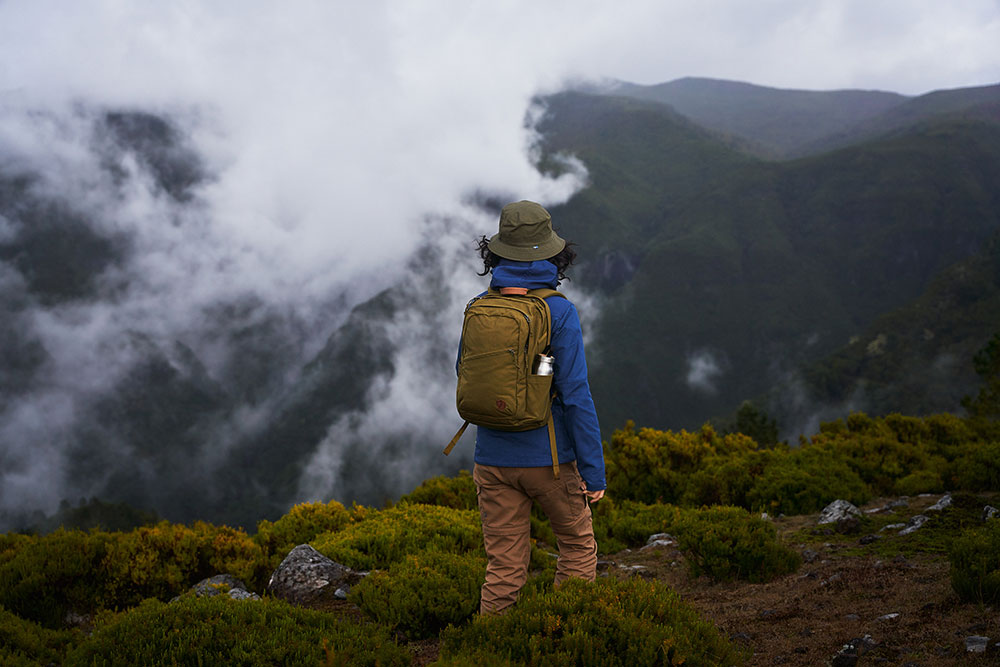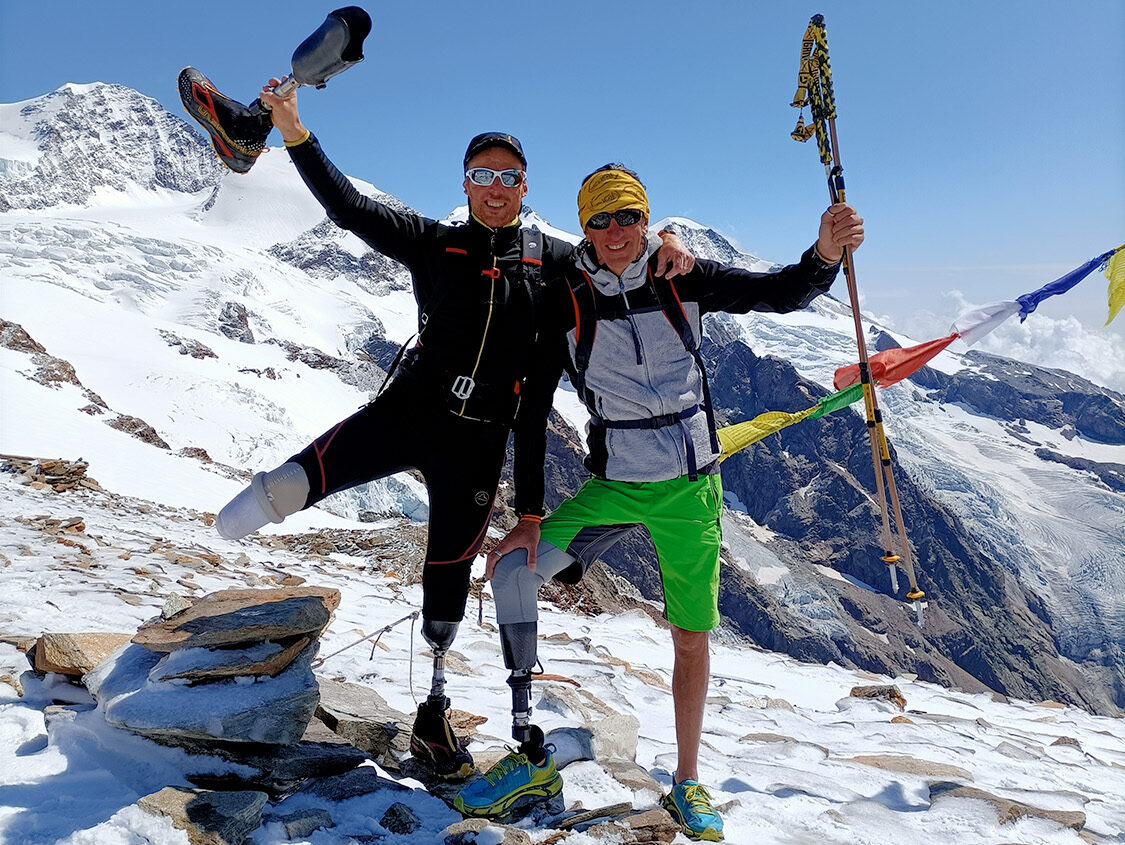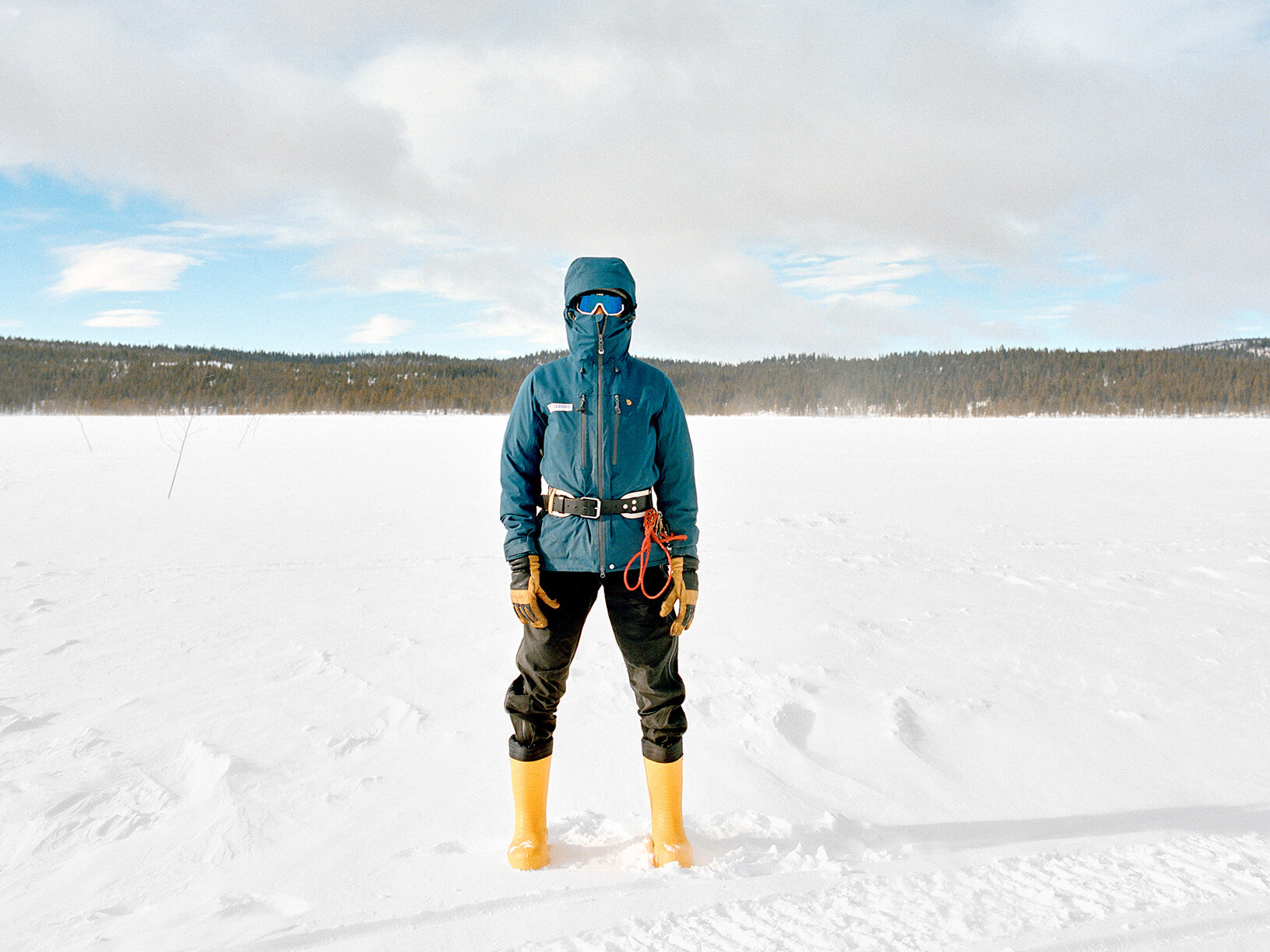Fjällräven and Hanwag, icons of sustainability and traceability
Fjällräven and Hanwag, quality and durability in respect of nature

According to the European Commission‘s guidelines on the textile product market, contained in the new circular economy package presented at the end of March in Brussels, clothing items must be made as much as possible with recycled materials. An average European, throws away 11 kg of textiles every year. Many of these are simply thrown away, but how do you make a garment last longer? The Swedish company Fjällräven takes care of it.
Fjällräven’s style
Fjällräven has always aimed at this: the quality and resistance of a garment. Thanks to its resistant and flexible clothes, in fact, you can wear it in spite of the years and fashion. These garments represent a responsible choice and also an excellent investment, because over the course of their life they not only become cheaper, but they will be the memory of your adventures and will be linked to all the experiences and memories of outdoor life they were a part of.
Fjällräven between functionality and sustainability
Fjällräven uses a “List of Preferred Materials” and a “Guide to Chemicals”. Tools that help the company to evaluate the different options always pursuing the balance between functionality and sustainability. Among the materials for this reason you will never find fibers and chemicals. Over possible, the company uses materials classified as excellent, but this choice must always meet the functional needs and the final purpose of the product.
Of all Fjällräven clothing, 60% of the polyester used is recycled and 70% of the cotton is organic. 100% of the water repellent treatments do not use PFC, all the wool used is mulesing-free, 42% traceable and 24% recycled or recovered.

Hanwag, sustainability is the traceability of raw materials
Speaking of sustainability, a great exponent is certainly Hanwag, a historic Bavarian brand specialized in the production of high quality mountaineering and trekking footwear.
Although there is still no law in Europe that obliges companies to specify the exact origin of their products, the company declares the country in which its footwear is made with a specific label.
Certainly a more expensive choice, which is partly reflected in the price point of the brand’s offer, but capable of satisfying the knowledge of the average user.
